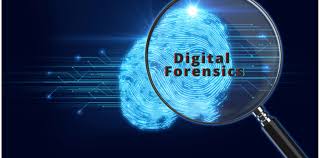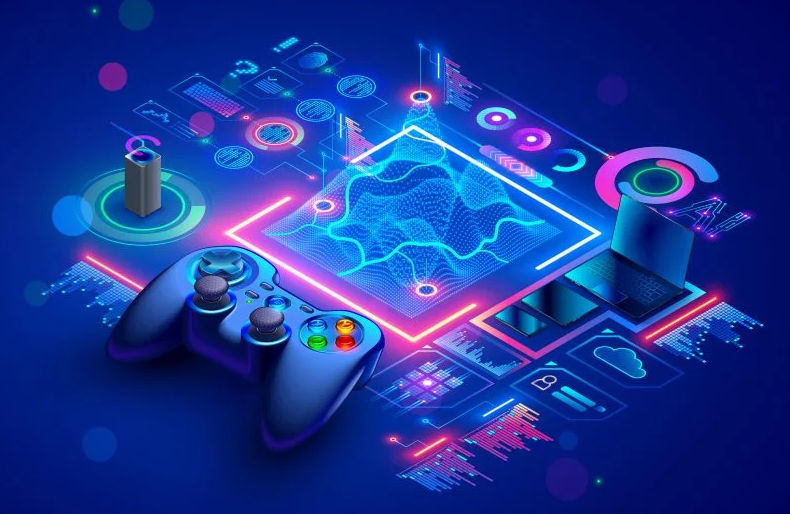
This course provides a comprehensive introduction to advanced data analysis techniques focused on extracting meaningful insights from text, web, and social media data. With the exponential growth of unstructured data, this course equips students with the tools and methodologies needed to analyze, visualize, and make data-driven decisions.
- Teacher: Bhuwad Harshali

This course introduces you to the key concepts and tools needed to investigate and prevent cybercrimes. You'll learn how to identify different types of cybercrimes, understand the use of forensic tools to analyze evidence effectively.
We will start by understanding cybercrime like DoS attacks, Trojan attacks, credit card fraud, and cyberstalking etc. You’ll also explore malwares, such as viruses and worms,Trojan horse and learn about preventive measures to stay safe from these threats. You’ll study different models used for digital investigations and how to present evidence effectively. We will dive into file systems, such as FAT32, NTFS, UNIX, and MAC, to understand how they store important forensic data like registry files and event logs. Additionally, you will learn how to analyze RAM, create memory images, and collect live data during investigations.
The course also covers incident response, teaching you how to respond to cyber incidents, investigate issues, and ensure evidence is preserved. You’ll get hands-on experience with forensic tools to acquire data, maintain its integrity using cryptography, and prepare detailed reports.
Finally, we’ll focus on network and mobile forensics, where you’ll learn to analyze network traffic, detect intrusions, and handle mobile devices like Android systems.
By the end of this course, you’ll gain practical skills to investigate cybercrimes and document your findings in professional reports. The course focuses on hands-on learning with real-world tools to make you confident in digital forensics and cybercrime investigation.
- Teacher: Kashilkar Manjusha

